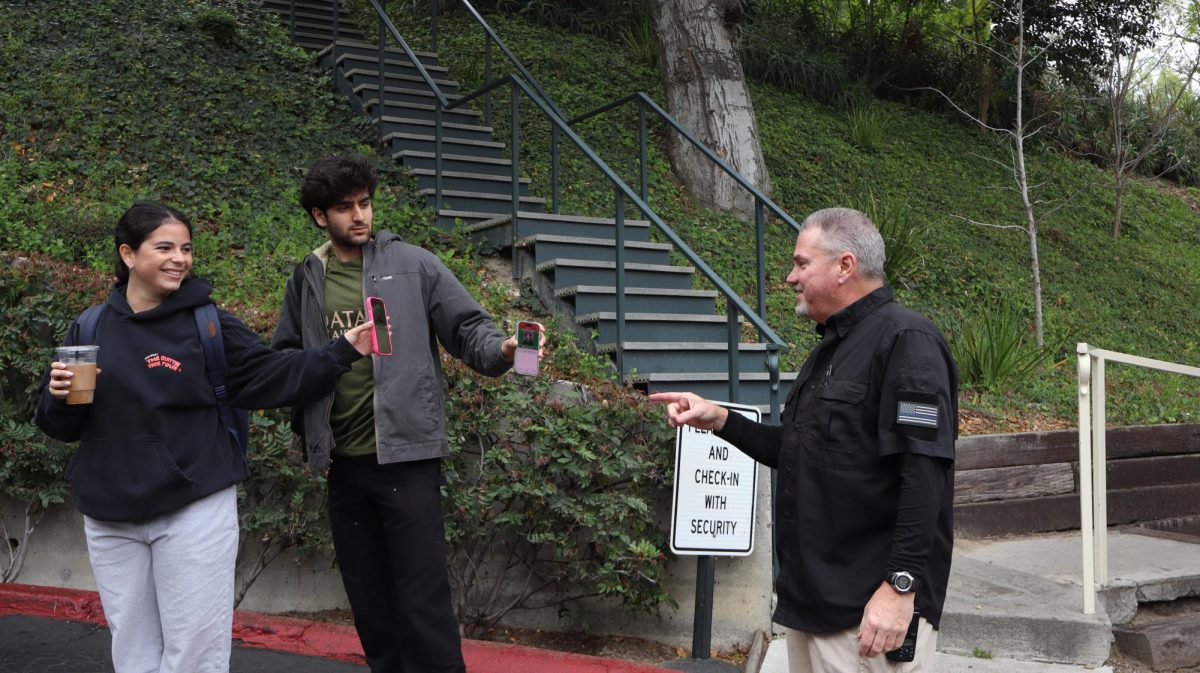A sizeable number of colleges and universities sent out “likely” or acceptance letters for academics rather than athletics more than a month before April 1, the expected date by which almost all colleges notify Regular Decision applicants of their decisions.
Though this isn’t the first year this has happened, more colleges than ever sent out acceptances much earlier than normal this year, the upper school deans said.
Increasing yield, which is the percentage of accepted students who enroll, is one possible reason behind the increase.
A higher yield can lead to colleges being ranked closer to the top of high-profile annual rankings lists published by Forbes and U.S. News & World Report.
“Since these colleges are only sending [acceptances] to a very small number of applicants who are at the very top of their applicant pool, I think they are doing it an effort to yield kids who they consider their top applicants,” upper school dean Beth Slattery said. “Having a bit more time to recruit those kids and offering them special opportunities may make them more likely to matriculate.”
Though this practice seems to be more prominent this year, there is evidence that it has been happening for many years on a smaller scale.
The Wall Street Journal wrote about these so-called “wink” letters in its 2003 article “Colleges Use ‘Wink’ Letters to Snare Top Students Early.”
“One of my previous stints in college admissions was at a school, [Williams], in the mid-90s that used an ‘Early Write’ program for a very small percentage of admits,” upper school dean Chris Jones said. “The idea was to target kids early who we knew would be admitted by April 1 and get the jump on recruiting them, and as such, have a better chance at eventually yielding.”
Deans predict more colleges will follow suit.
“If it’s starting now, I would imagine it will continue and may even spread,” upper school dean Adam Howard said. “Because if school A sees school B doing it, why wouldn’t they want to see how it plays out for them as well?”
This year, both public and private colleges at all tiers sent out early letters in some capacity, Howard said.
“I think this is like Adam Levine turning his chair before Blake Shelton during a country song on ‘The Voice,’ ” Howard said. “It’s an opportunity to raise the yield percentage, even if it may or may not pan out for the college or university, or Mr. Levine. Remember, after admission, the applicant becomes the buyer and has more power. Why not jump in early and get the applicant excited about your school?”
Though the exercise of sending early likely letters may seem to be purely for pragmatic reasons, it could have psychological effects on the students who do not receive these letters and see their friends or fellow classmates receiving them.
“For the kid who gets the early ‘yes,’ it alleviates a lot of anxiety,” Howard said. “Unfortunately, there’s another side to that. The student not getting that early ‘yes’ is now left wondering about his or her application. I would advise that, until you receive a definitive denial, the door remains open, but it’s tough to watch your peers receive word on a different timeline.”
Those who aren’t admitted through an early letter could feel more pressured or discouraged as they wait for their decisions, especially because if they weren’t accepted with everyone else a month early, it may seem like denial is the obvious response from the college.
The deans believe this is an unwarranted concern, however, because there is still a chance that a student will receive an acceptance letter later on in the year.
“More than anything, applicants who don’t receive early notification shouldn’t feel they can’t be accepted at those colleges,” Jones said. “The numbers accepted at each school from Harvard-Westlake don’t seem to vary all that much from year to year, so there’s still room for that to continue since only a few places have been allotted early for a handful of our seniors.”






























